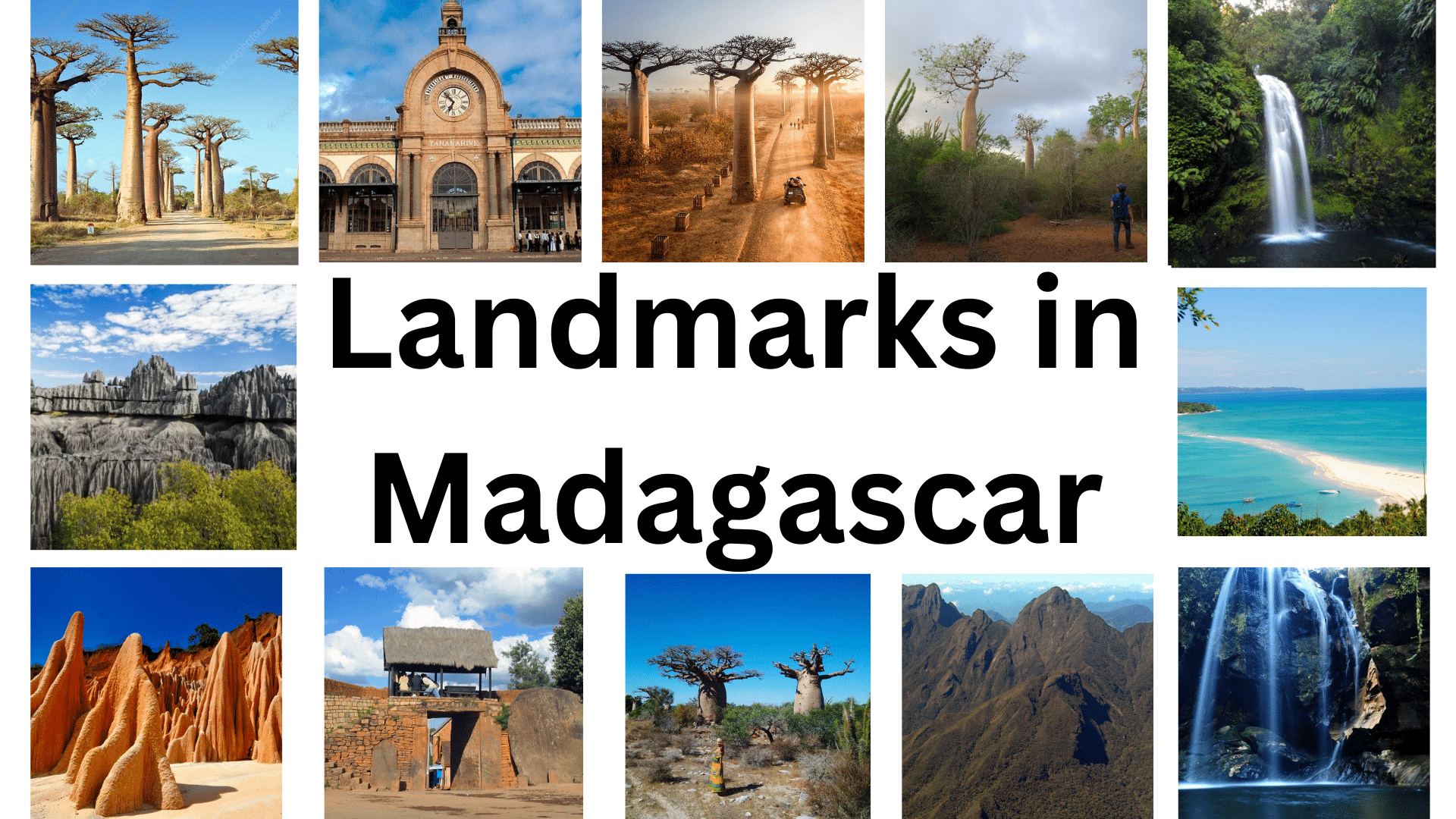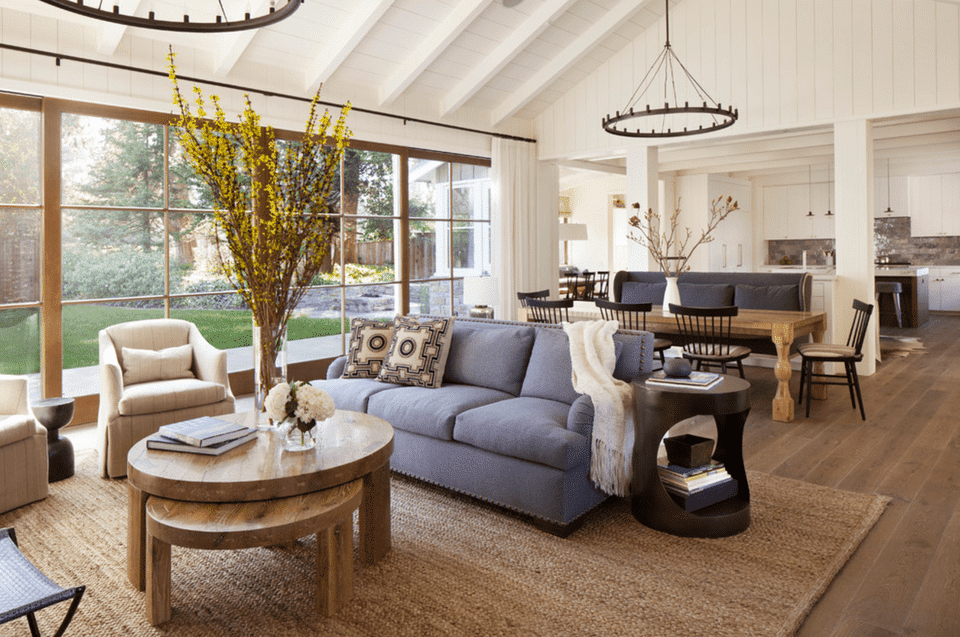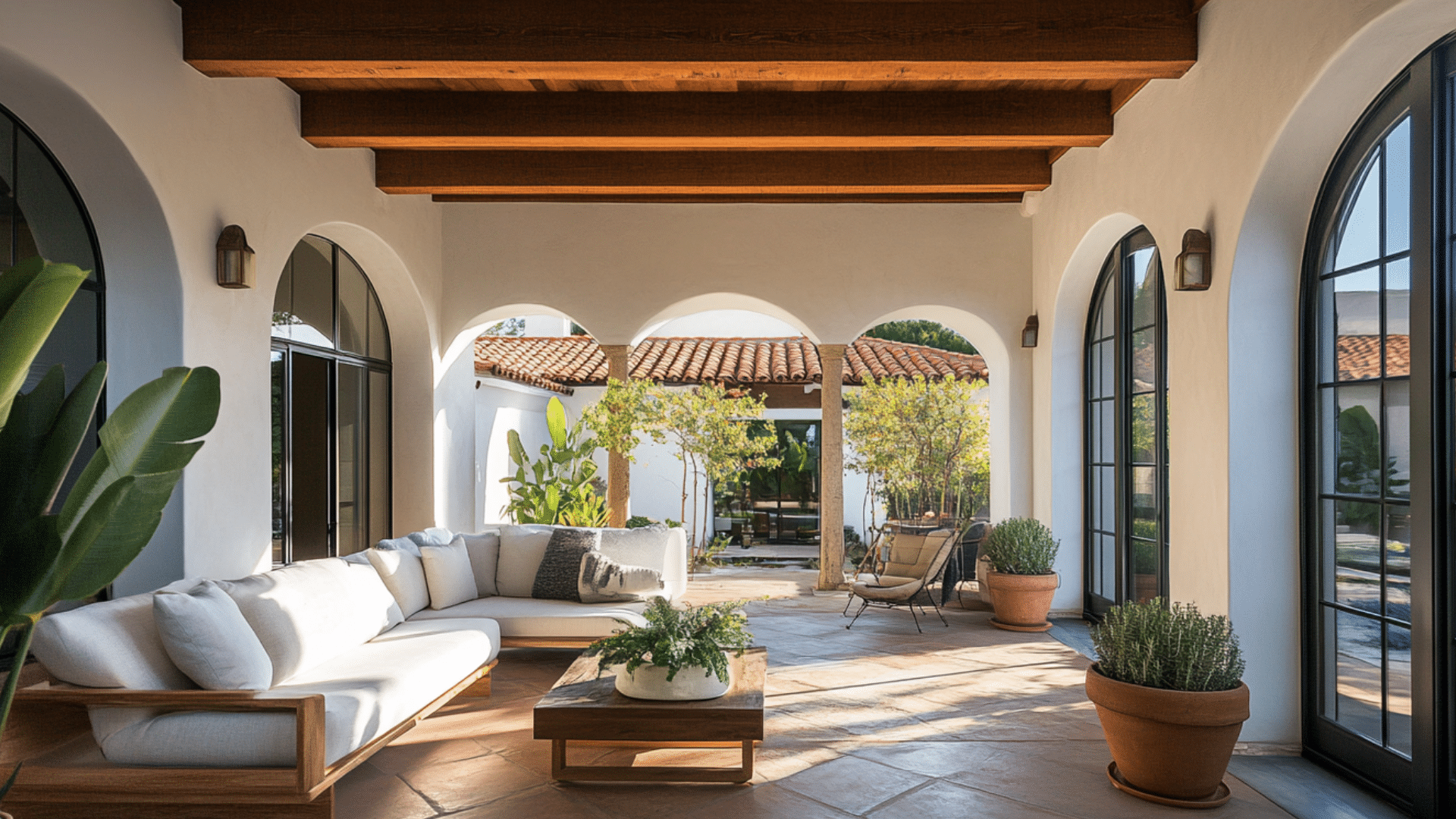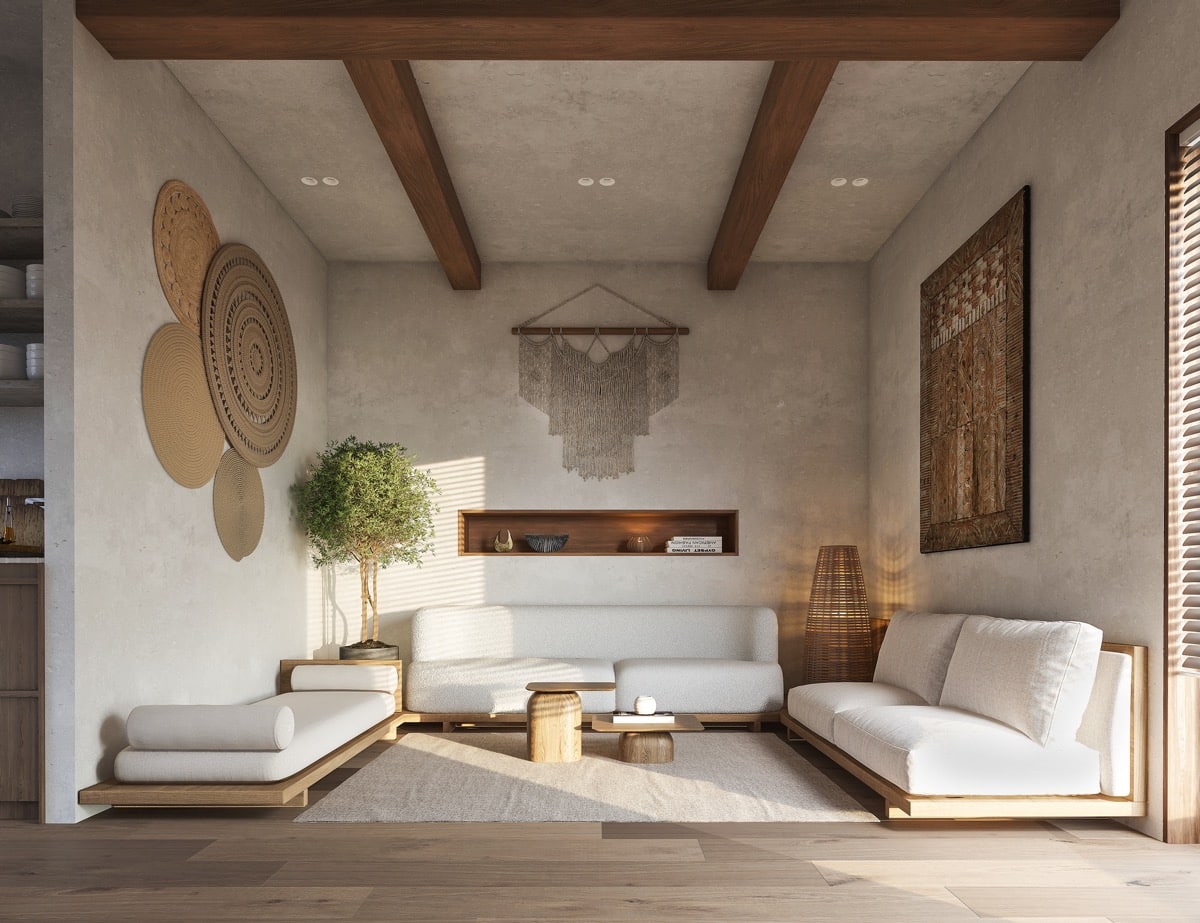Top 15 Breathtaking Landmarks to See in Madagascar
Madagascar, the fourth-largest island in the world, is home to rare species, stunning landscapes, and cultural landmarks.
They highlight its beauty and heritage. With its unique biodiversity and diverse natural wonders, Madagascar features some of the planet’s most remarkable sites.
From towering baobab trees to striking limestone formations, Madagascar’s landmarks showcase its nature.
In this blog, we will learn about Madagascar’s most amazing landmarks.
We will also be providing essential information and travel tips for an unforgettable experience.
Why do these Landmarks Matter
Madagascar’s landmarks are more than just places to visit. They tell the story of the island’s past and show its natural beauty.
Many of these sites have been named World Heritage Sites by UNESCO because they’re so important.
These landmarks help us understand Madagascar’s history and culture while letting us enjoy some of the most beautiful sights in the world.
Iconic Natural Wonders of Madagascar
1. Avenue of Baobabs
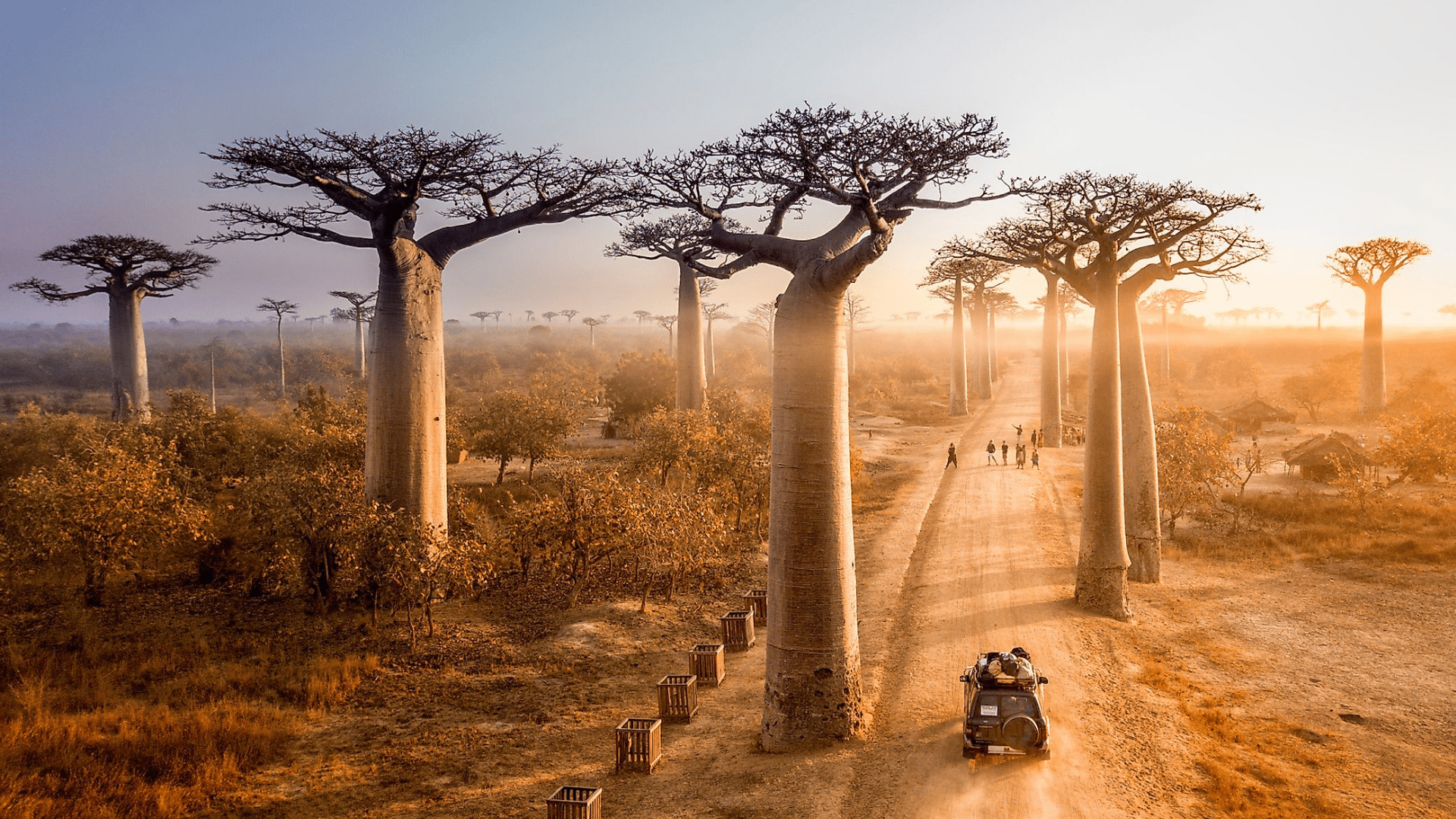
Overview: Two rows of massive baobab trees form a natural road.
Facts:
- Best seen at sunrise or sunset when the sky turns orange and pink
- Some trees are as old as 800 years
- A top photo spot for many visitors to Madagascar
Why Visit: Standing next to these ancient trees is a truly moving experience that photos can’t fully capture.
Interesting Fact: The baobab is sometimes called the “upside-down tree” because its branches look like roots.
2. Tsingy de Bemaraha
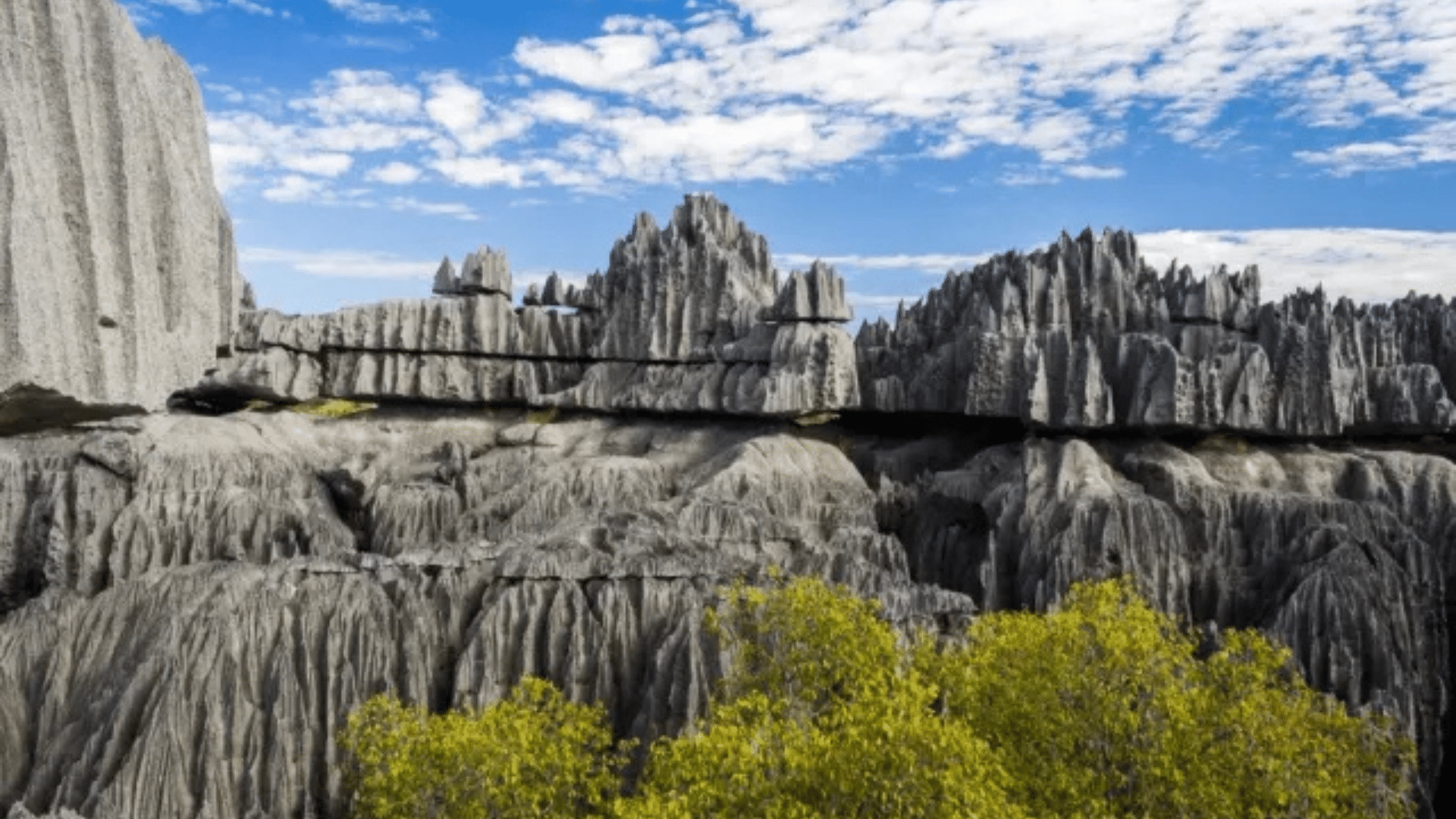
Overview: A unique stone forest with thousands of sharp limestone spikes.
Facts:
- A UNESCO World Heritage Site since 1990
- The name “Tsingy” means “to walk on tiptoes” in the Malagasy language
- Formed by millions of years of water and wind cutting into limestone
Why Visit: See one of the most unusual landscapes on Earth and spot wildlife that has adapted to this harsh setting.
Interesting Fact: There are underground rivers and caves beneath the Tsingy that add to its strange beauty.
3. Red Tsingy
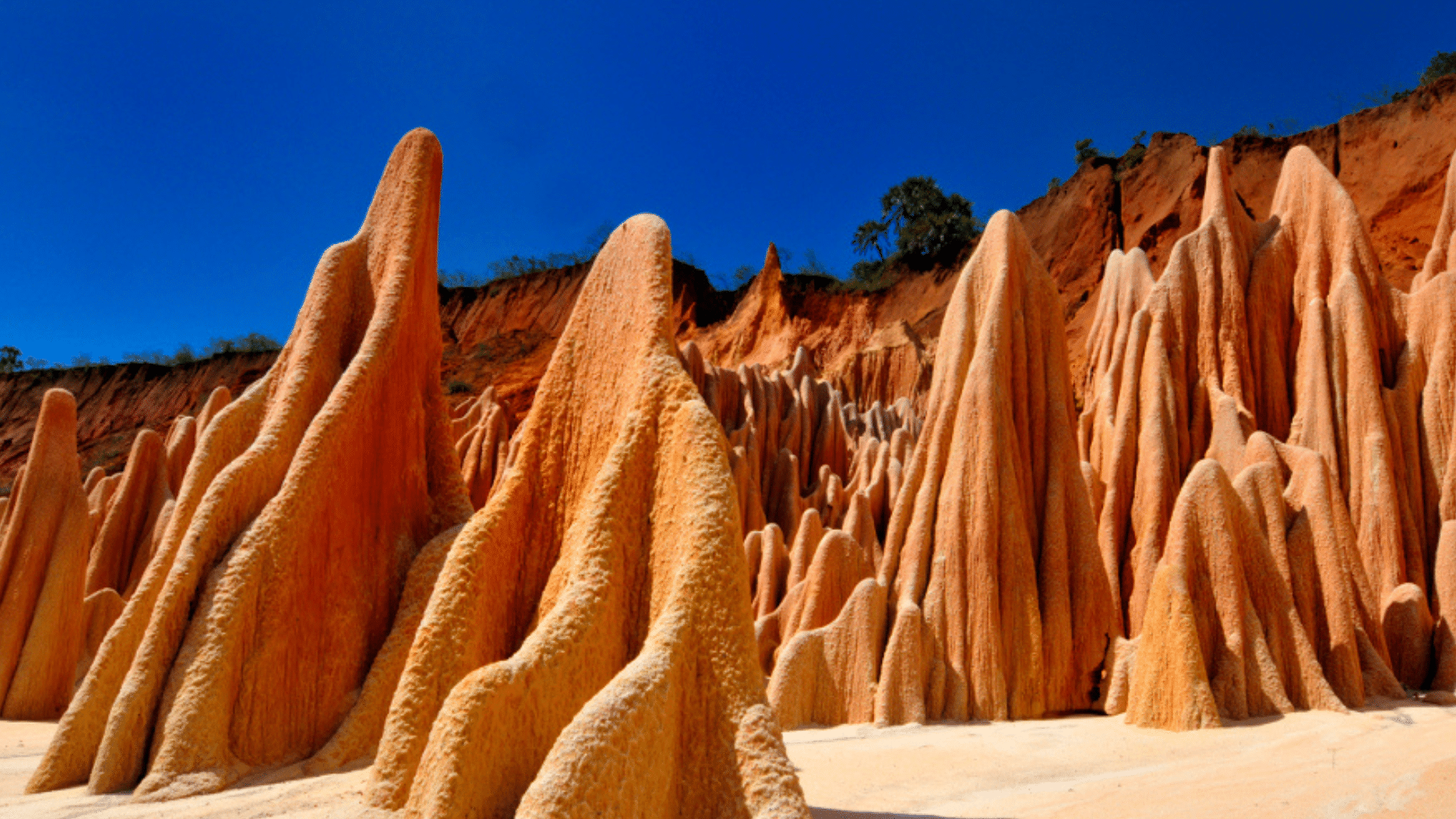
Overview: A softer, colorful version of the stone Tsingy.
Facts:
- Made of clay instead of grey rock
- It shows beautiful pink and red colors
- A more recent formation, partly caused by climate change
Why Visit: Less harsh than the stone Tsingy but equally beautiful with its warm colors.
Interesting Fact: While the stone Tsingy formed over millions of years, Red Tsingy is a much newer natural creation.
4. Amber Mountain

Overview: A volcanic mountain with misty peaks and lush forests.
Facts:
- Home to sacred lakes and beautiful waterfalls
- Filled with orchids, ferns, bats, and butterflies
- It offers excellent hiking trails
Why Visit: Experience a magical forest setting and see stunning crater lakes and waterfalls.
Interesting Fact: The mountain’s cool, misty climate makes it feel like a different world compared to other parts of Madagascar.
5. Nosy Be and Nosy Iranja
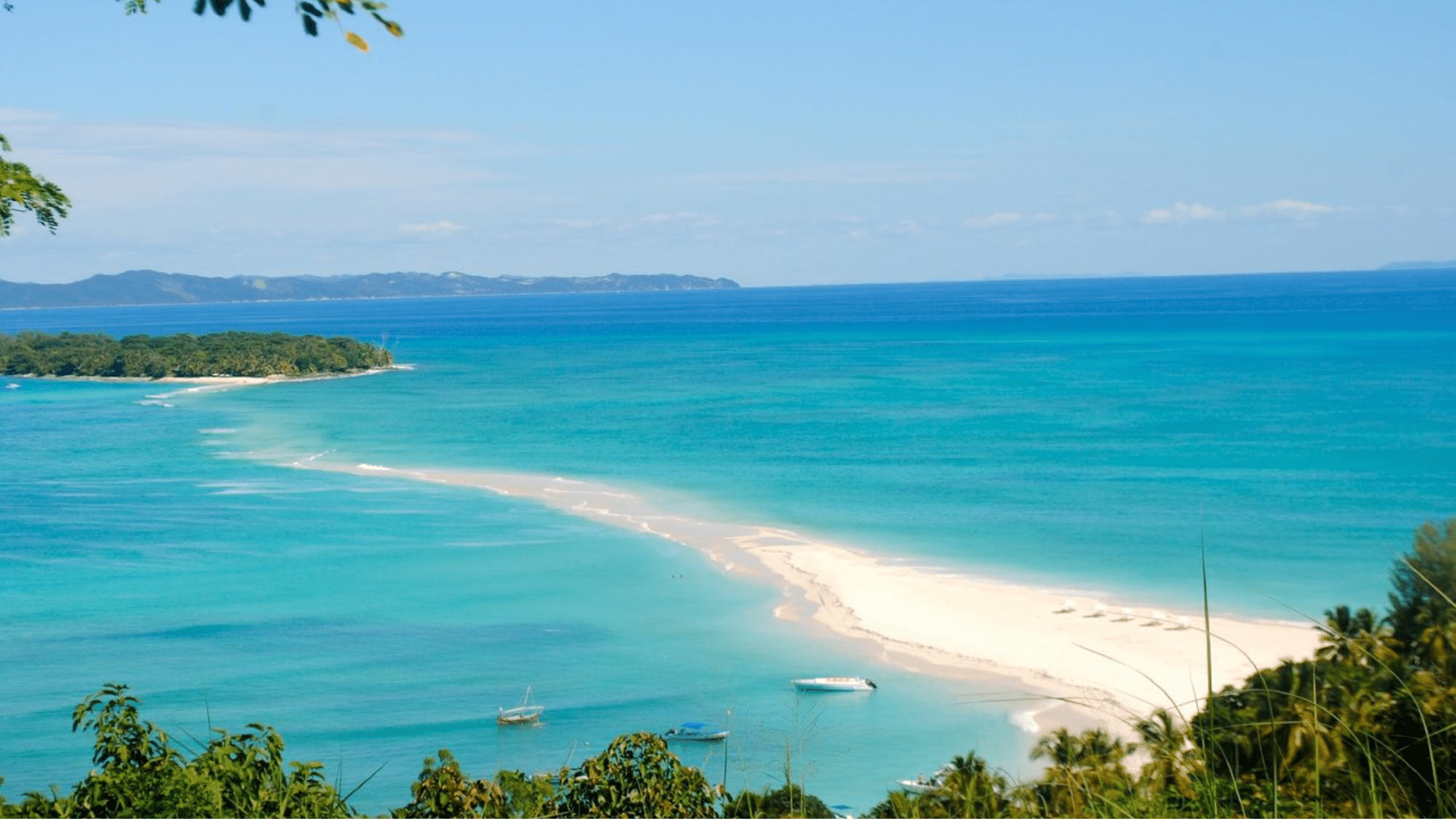
Overview: Two islands are connected by a narrow sandbar that appears at low tide.
Facts:
- Nosy Iranja is a smaller, uninhabited island near Nosy Be
- At low tide, you can walk between the two islands
- A popular image used to show Madagascar’s beautiful beaches
Why Visit: Feel like you’re walking on water as you cross the sandbar between these tropical islands.
Interesting Fact: This natural walkway only appears when the tide is low, making timing important for visitors.
6. Piscine Naturelle at Isalo National Park
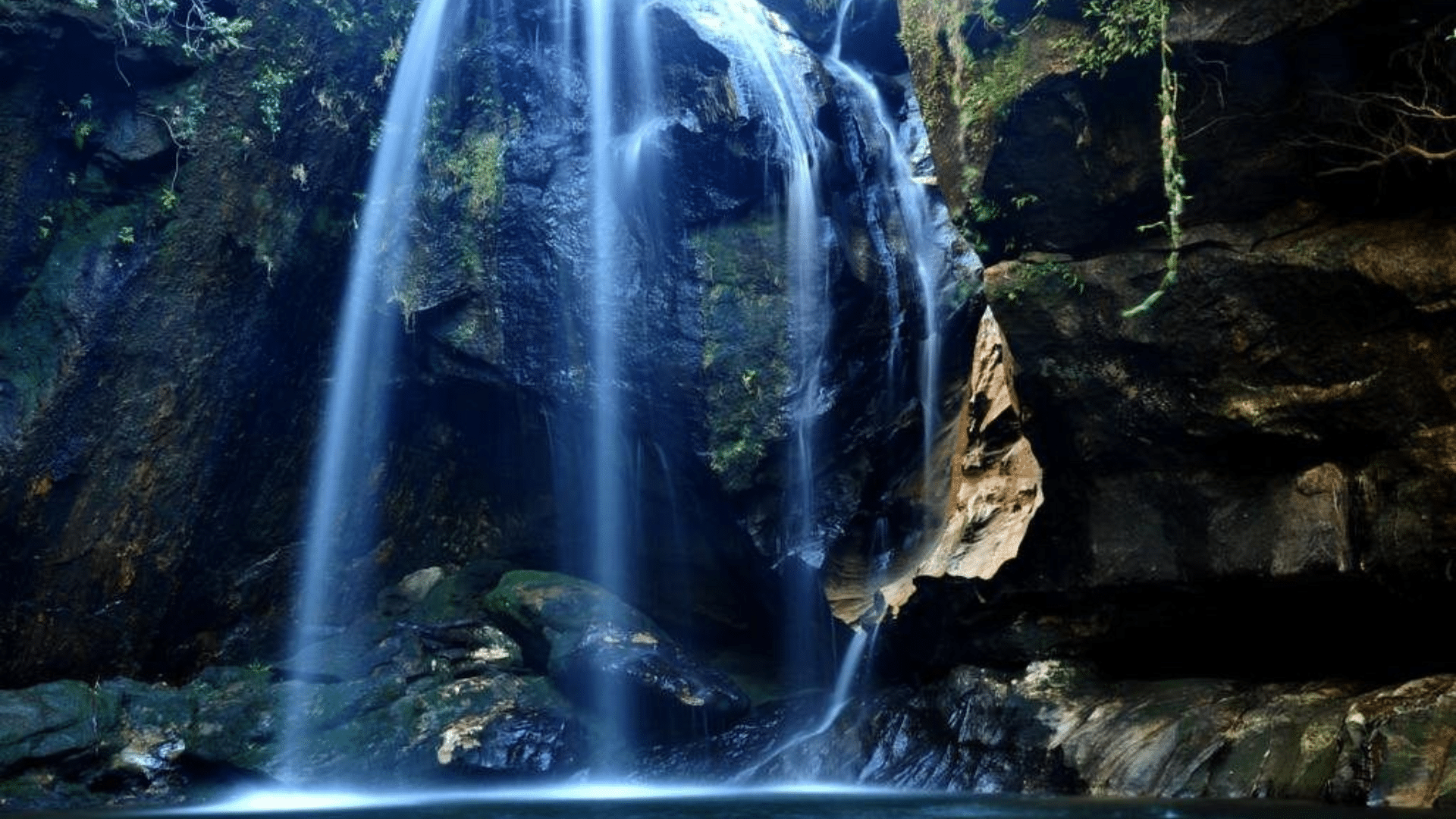
Overview: A natural swimming pool with a waterfall in a canyon setting.
Facts:
- Located in Isalo National Park
- Surrounded by tropical trees
- Reached after hiking through hot, monkey-filled canyons
Why Visit: Cool off in this perfect natural pool after a hot hike through the park.
Interesting Fact: The deep green and blue colors of the pool create a picture-perfect spot for swimming.
7. Royal Hill of Ambohimanga
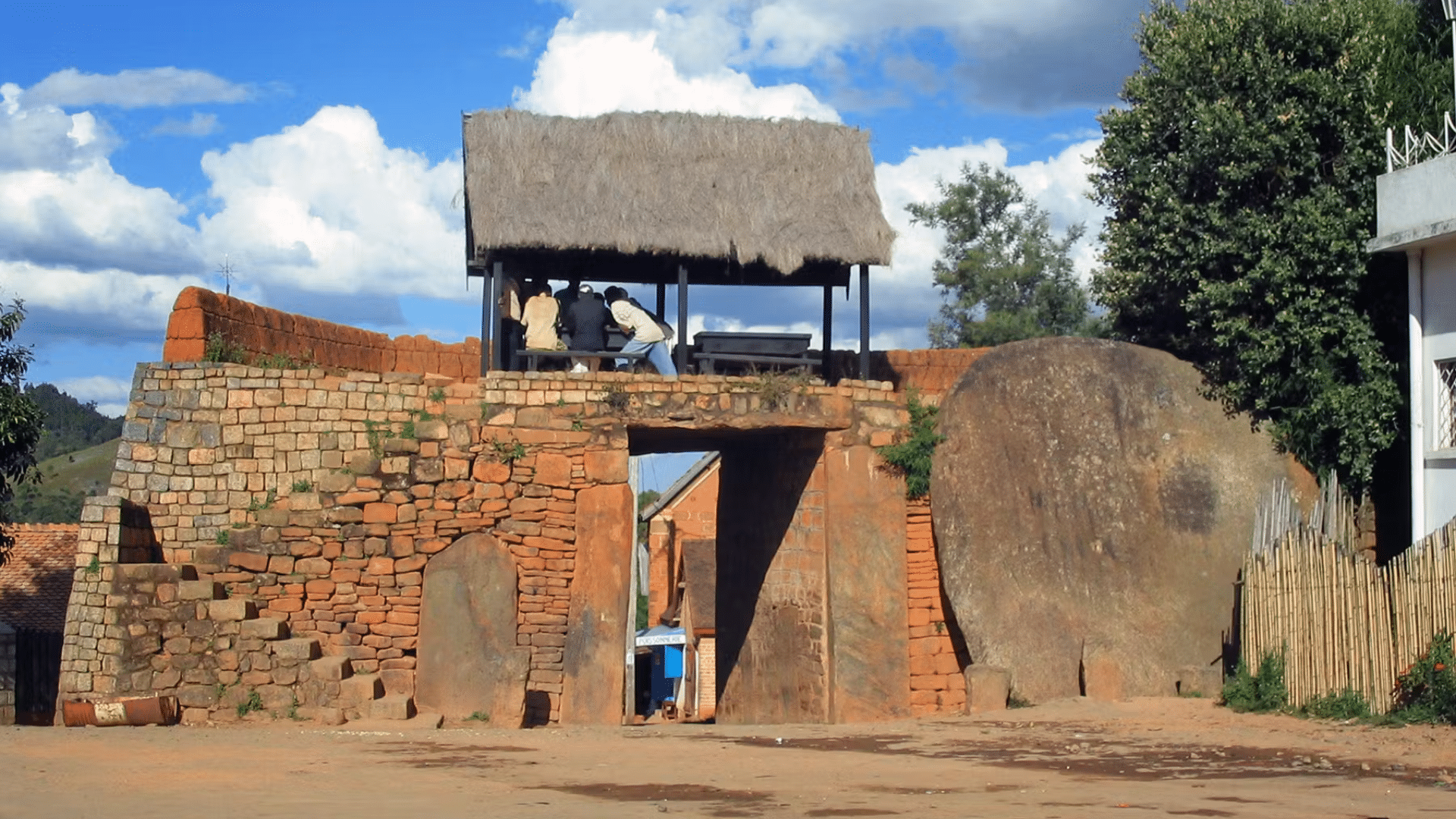
Overview: Historic site with royal buildings overlooking the capital city.
Facts:
- UNESCO World Heritage Site since 2001
- It contains the King’s Palace and Queen’s Summer House
- Important to the Merina people since the 16th century
Why Visit: Learn about Madagascar’s royal history and cultural past.
Interesting Fact: This hill was home to King Andrianampoinimerina, who worked to unite all of Madagascar.
8. Gare de Soarano

Overview: A historic train station converted into a shopping mall.
Facts:
- Located in Antananarivo, the capital city
- Features a train-themed restaurant in an old caboose
- The walls are lined with local art
Why Visit: See how a historic building has been given new life while keeping its character.
Interesting Fact: Visitors can enjoy meals and drinks inside an actual train car at the restaurant.
9. Spiny Forest
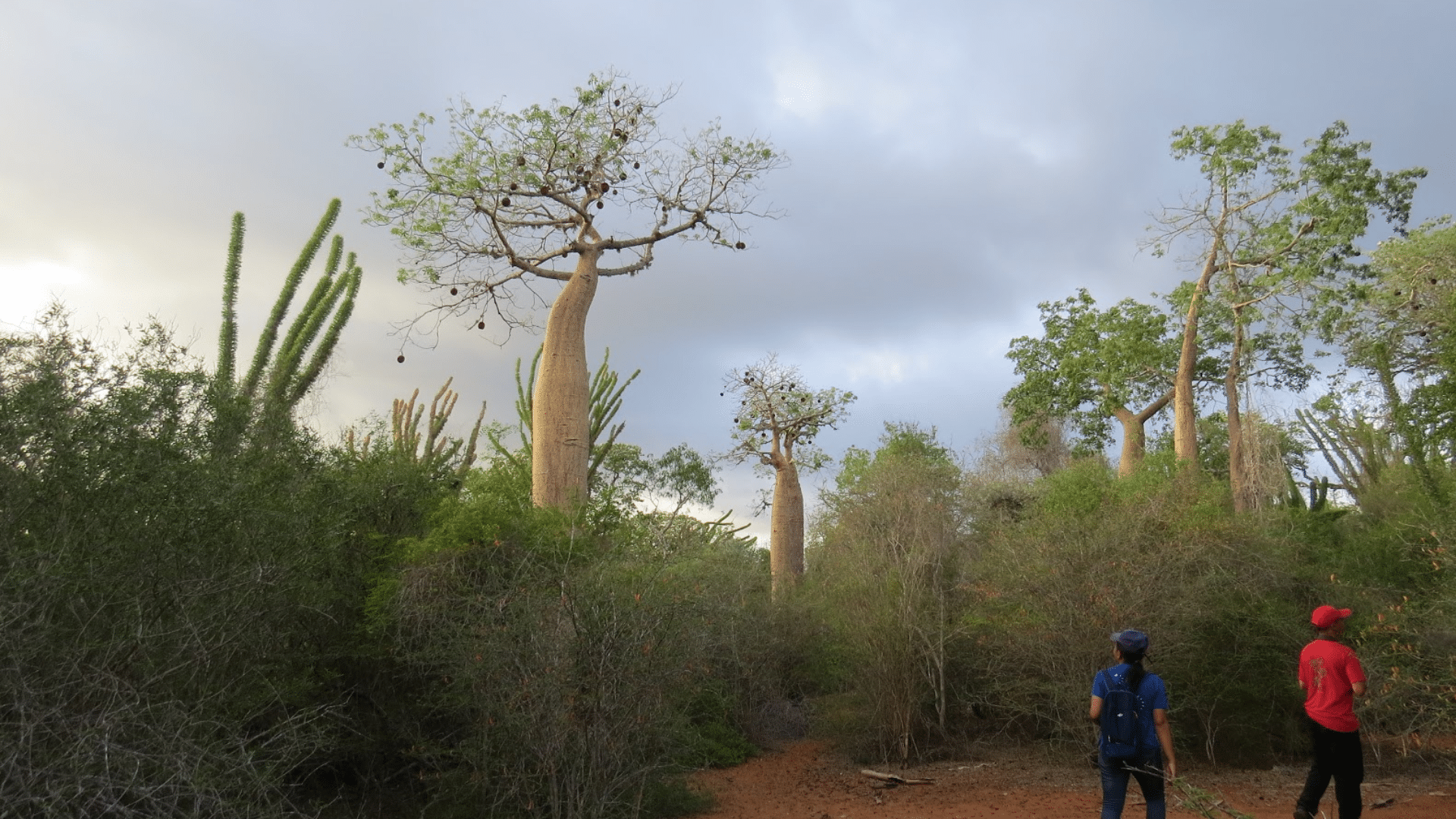
Overview: A strange landscape with unusual trees and plants.
Facts:
- Home to spiny octopus trees and baobabs
- Scientists debate whether it’s truly a forest or a desert
- It is often called a “thicket” because it doesn’t fit into normal categories
Why Visit: See a plant community that exists nowhere else on Earth.
Interesting Fact: The landscape looks like something from a Dr. Seuss book, with odd-shaped trees and plants.
10. Anjanaharibe-Sud Special Reserve
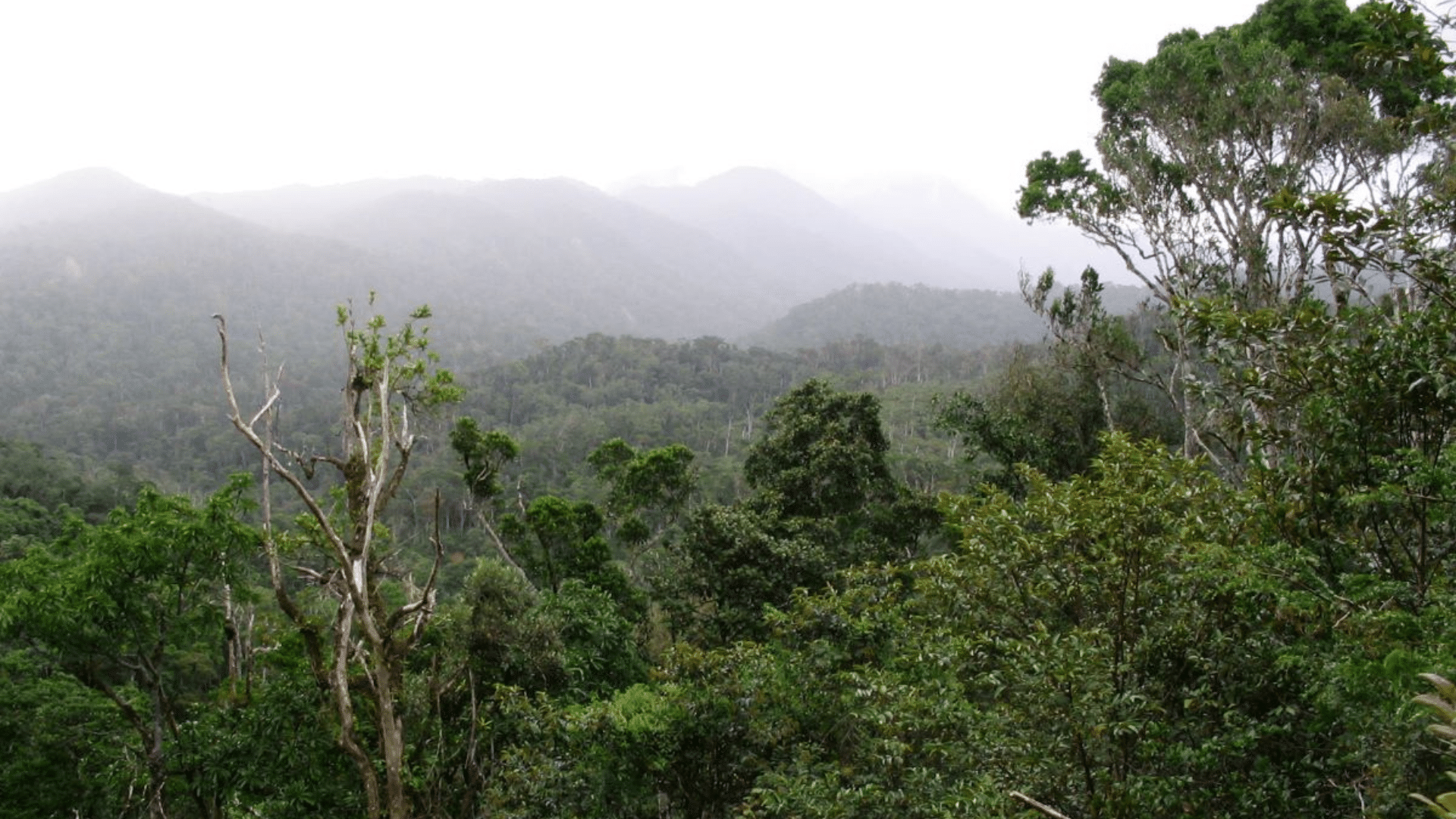
Overview: A protected rainforest reserve in northeastern Madagascar.
Facts:
- Connected to Marojejy National Park by the Betaolana forest corridor
- Home to many rare plant and animal species
- Known for its steep, mist-covered mountains
Why Visit: See some of Madagascar’s most untouched rainforests and spot wildlife in their natural habitat.
Interesting Fact: This reserve is on UNESCO’s tentative list as a possible extension of the Rainforests of the Atsinanana World Heritage Site.
11. Rainforests of the Atsinanana
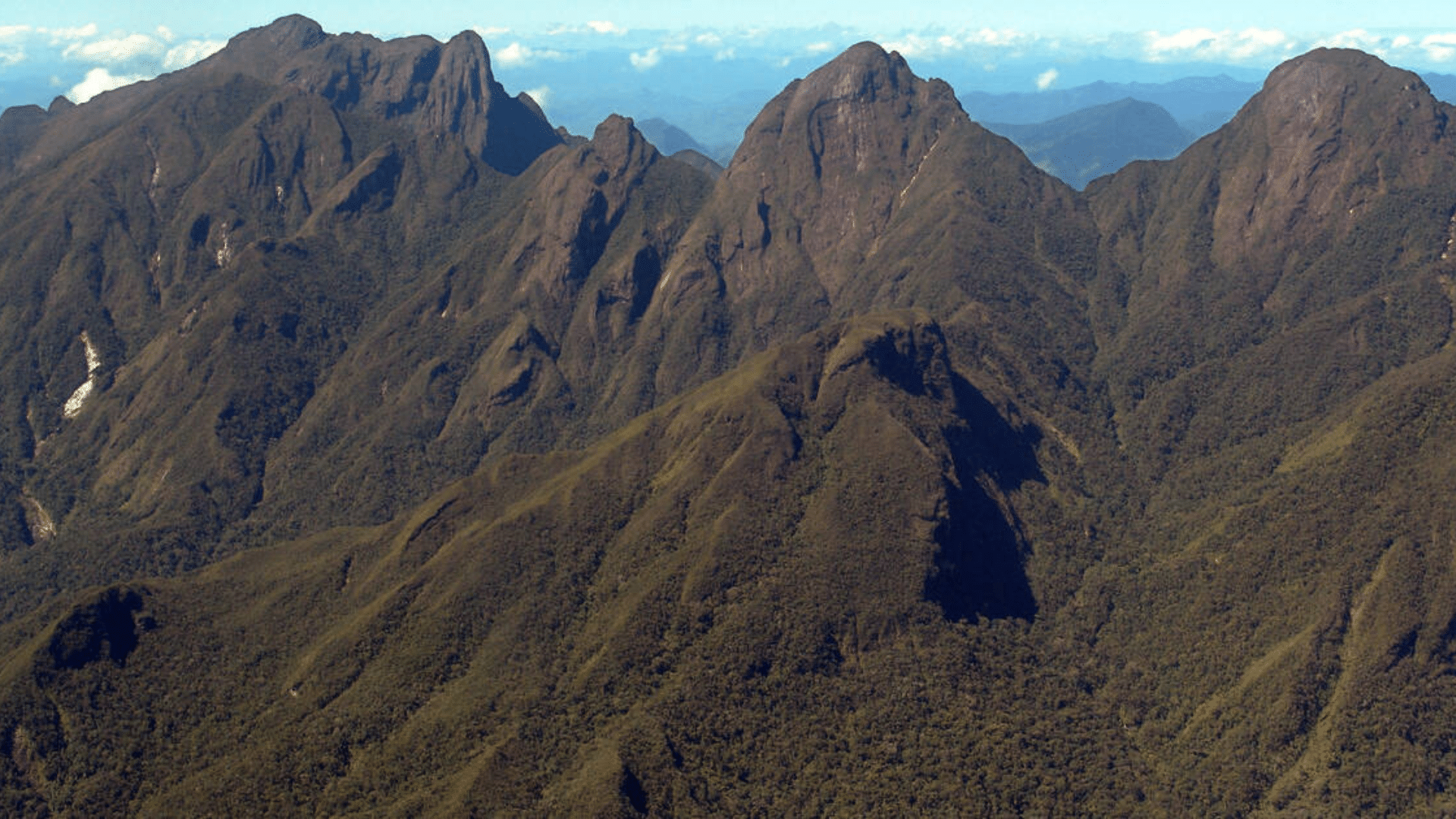
Overview: Six national parks with highly unique plant and animal life.
Facts:
- UNESCO World Heritage Site since 2007
- Home to many plants and animals found nowhere else on Earth
- Currently on the “in danger” list due to illegal logging
Why Visit: See some of the most biologically diverse forests in the world.
Interesting Fact: These forests host a huge number of lemur species and other animals unique to Madagascar.
12. Ankarana Reserve
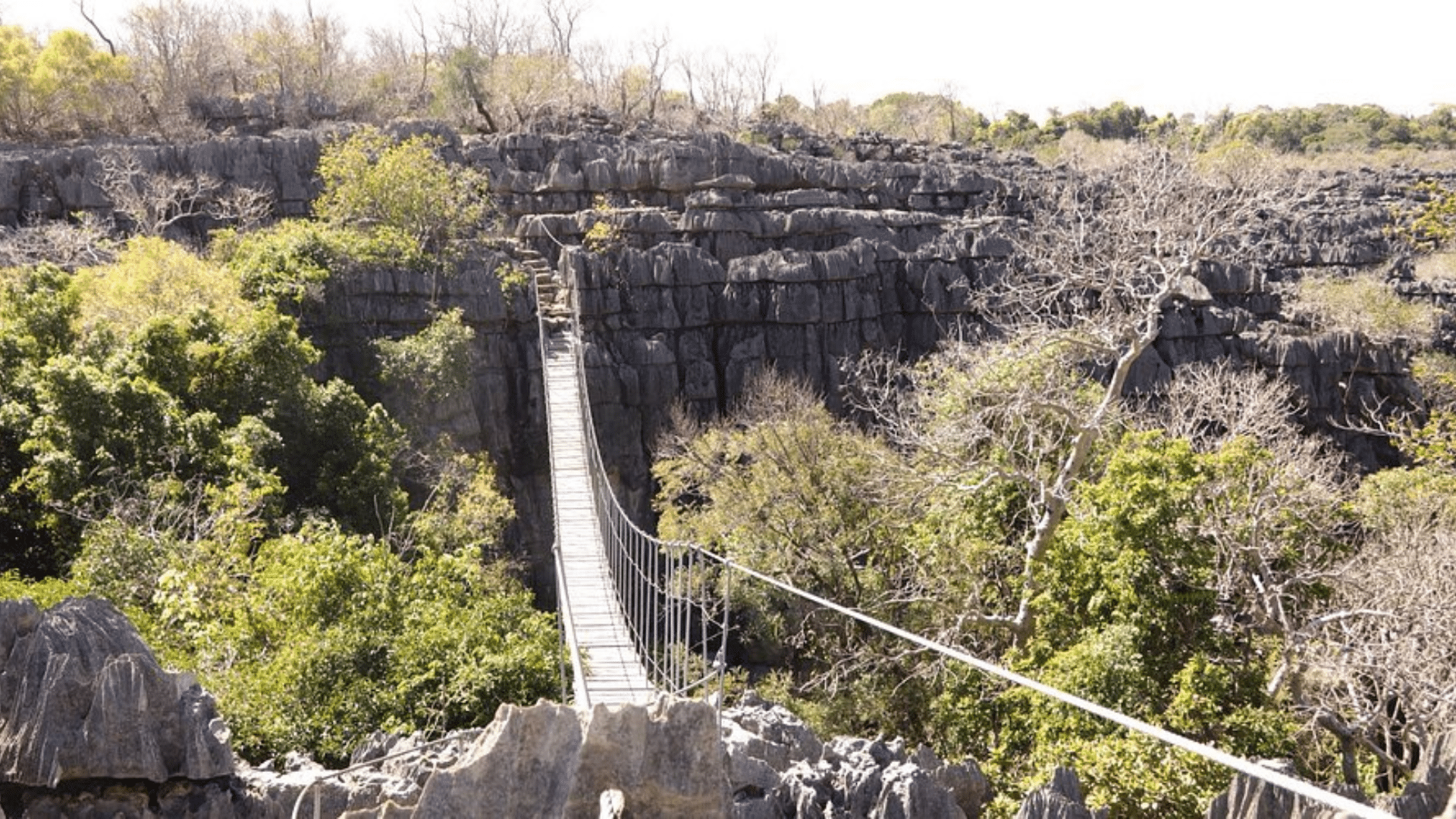
Overview: A protected area with limestone formations, caves, and forests.
Facts:
- Part of the Dry Forests of the Andrefana
- Features underground rivers and cave systems
- Home to many kinds of wildlife
Why Visit: Find both above and below ground in this diverse natural area.
Interesting Fact: The reserve contains some of the largest cave systems in Africa.
13. Tsimanampetsotse National Park
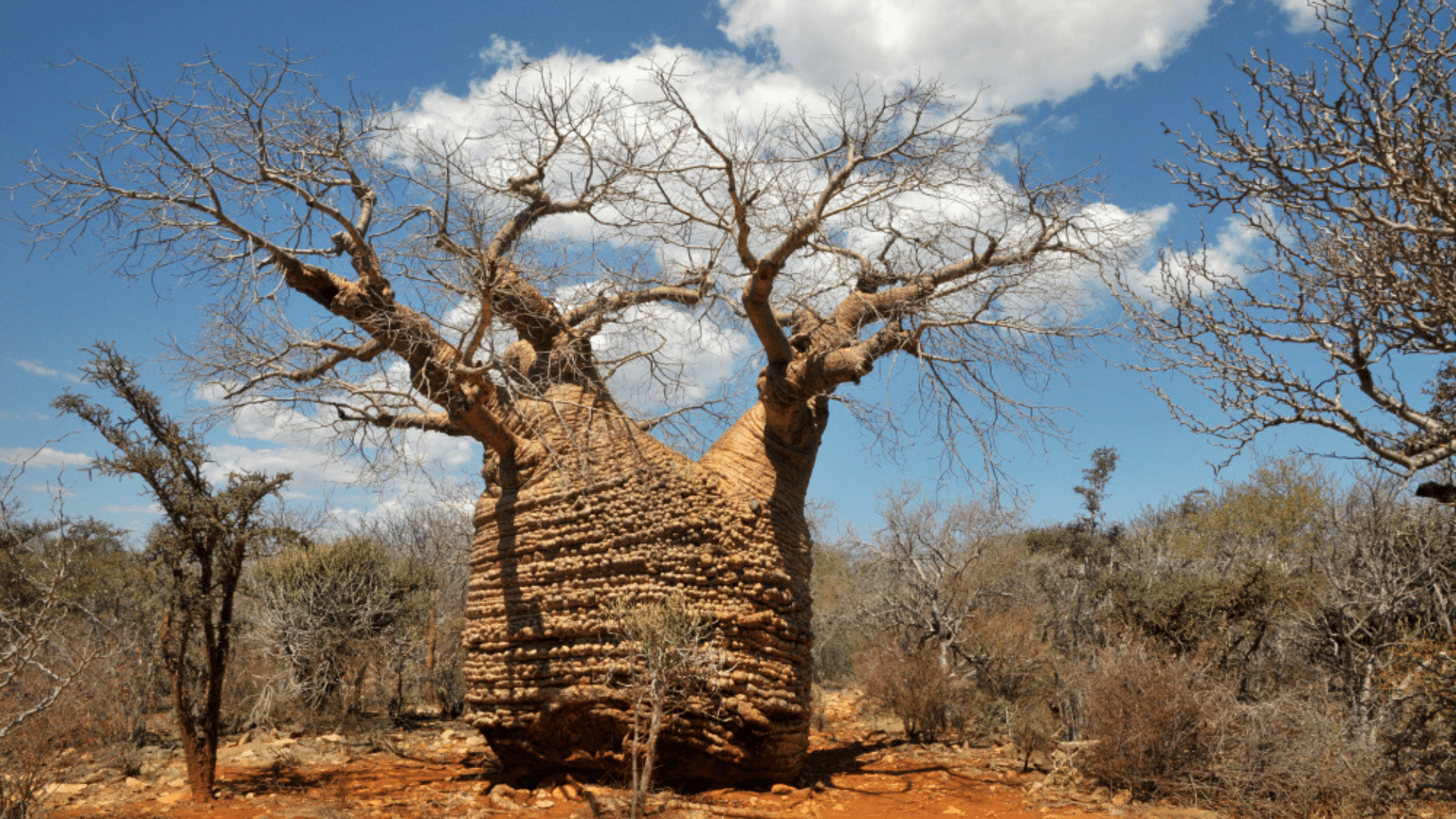
Overview: A coastal park with a salt lake and dry forest.
Facts:
- Part of the Dry Forests of the Andrefana
- The salt lake sometimes turns pink
- Home to flamingos and other water birds
Why Visit: See the contrast between the blue-white lake and the dry landscape around it.
Interesting Fact: Some of the baobab trees in this park are over 1,000 years old.
14. Mikea National Park
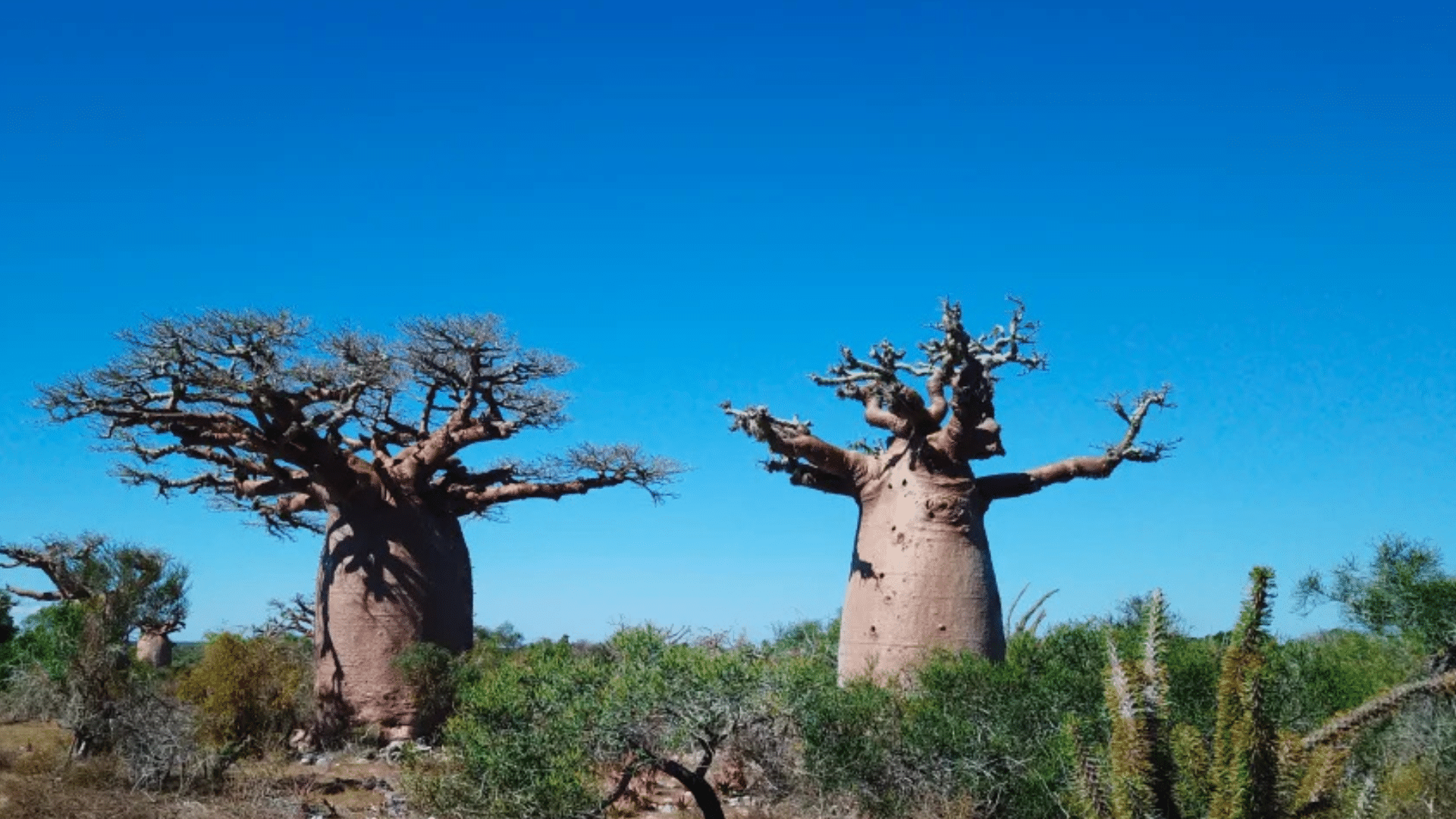
Overview: A newer national park with both forest and coastal areas.
Facts:
- Part of the Dry Forests of the Andrefana
- Home to the Mikea people, who live a traditional lifestyle
- It contains both spiny forest and beach areas
Why Visit: Experience different types of ecosystems in one protected area.
Interesting Fact: The Mikea people have adapted to living in one of Madagascar’s harshest environments.
15. Upper Town of Antananarivo
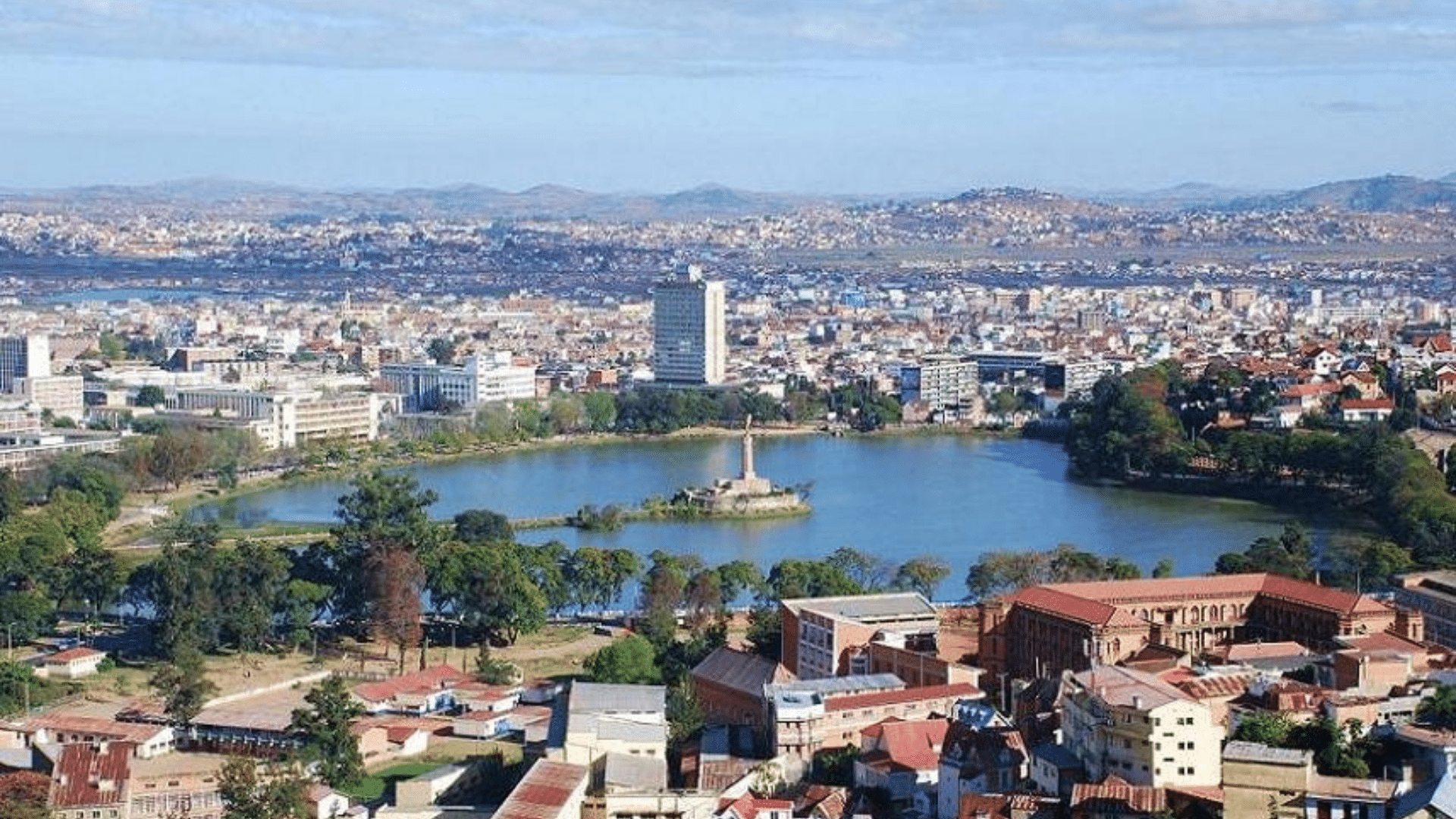
Overview: The historic center of Madagascar’s capital city.
Facts:
- A unique mix of traditional Malagasy architecture and colonial buildings
- Set on one of the highest points in the city with great views
- On UNESCO’s tentative list for World Heritage status
Why Visit: Experience the rich urban culture and history of Madagascar.
Interesting Fact: This area’s urban design cleverly uses the natural hills and landscape to create a one-of-a-kind city layout not found elsewhere in Africa.
How to Make the Most of Your Visit
To enjoy Madagascar’s landmarks, it’s good to be prepared. Bring good walking shoes since many sites require a lot of hiking.
The weather can change quickly, so pack both sun protection and rain gear.
It’s best to visit with a local guide who knows the area and can help you spot wildlife.
Learn a few basic Malagasy phrases to help you connect with local people.
Many areas are remote, so bring any medicines you might need and be prepared for simple living conditions.
Conclusion
Madagascar offers some of the most unique landmarks in the world.
From the tall baobabs to the sharp Tsingy and lush rainforests, these places show why Madagascar is called a natural wonder.
Each landmark tells part of the story of this amazing island and its long history.
Visiting these sites will help you better understand why Madagascar is so special and different from anywhere else on Earth.
These landmarks are not just beautiful – they’re living museums of nature and culture that need our protection.
Please share your thoughts with us in the comments.

